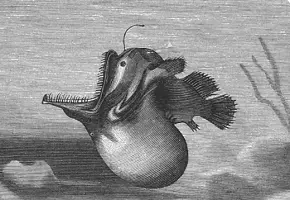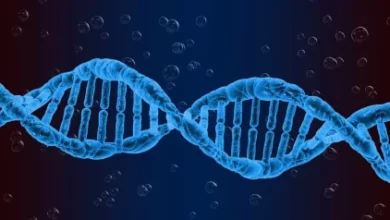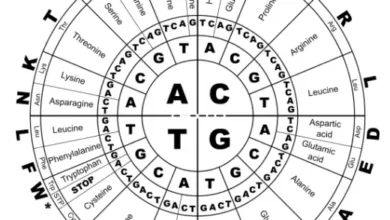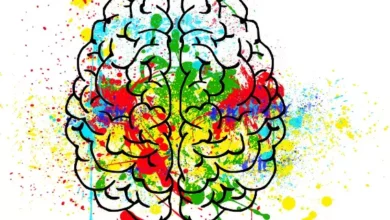Centrioles in cell division play a greater role than previously thought
Scientists led by Alexander Dammermann at Max Perutz Labs, a joint venture of the University of Vienna and the Vienna University of Medicine, have examined how centrioles contribute to this process. The findings, published in Developmental Cell, help elucidate the role of these tiny cellular structures in mitosis.
Correct mitosis requires the formation of a filamentous spindle that ensures that chromosomes are separated at opposite ends of the cell. To anchor this filamentous spindle at the ends of the cell, an anchoring point is required, which are the centrosomes, which start from the migration of the centrioles to the poles of the cell.
When the centrioles migrate to the cell poles, a mesh of proteins called pericentriolar material or PCM accumulates that surrounds them and form centrosomes, which serve as the origin and attachment site of the mitotic spindle filaments.
Centrioles promote mitotic spindle assembly
While centrioles were known to be essential for initial centrosome formation, their role in further mitotic growth and maintenance of PCM throughout cell division was previously unclear.
The researchers were able to answer these questions with the help of C. elegans , a model organism that has exceptionally large centrosomes. Using laser microsurgery, they were able to remove centrioles from inside the centrosome at different stages of mitosis without destroying the entire structure.
“What we found was that the centriole ablation did not cause an immediate collapse of the PCM as we expected. However, its growth was strongly affected, which revealed a critical role for the centrioles in the accumulation of PCM and, therefore, the assembly of the mitotic axis ”, explain Triin Laos and Gabriela Cabral.
The centrioles promote the structural integrity of the centrosome.
Beyond their role in PCM assembly, centrioles were also essential for structural integrity, as acentriolar centrosomes could be detached as cells progressed through mitosis.
This finding was particularly remarkable given the small size of the centrioles relative to the surrounding PCM. How centrioles could confer structural integrity to a structure 30 times larger is not immediately clear.
The authors envision that centrioles provide anchor sites for proteins that impart tensile strength to PCM by acting similarly to steel bars in reinforced concrete.




